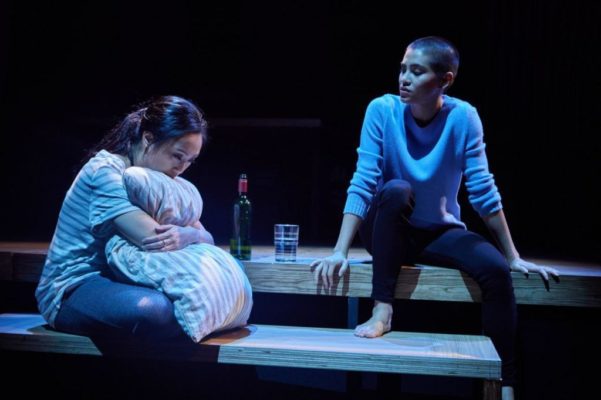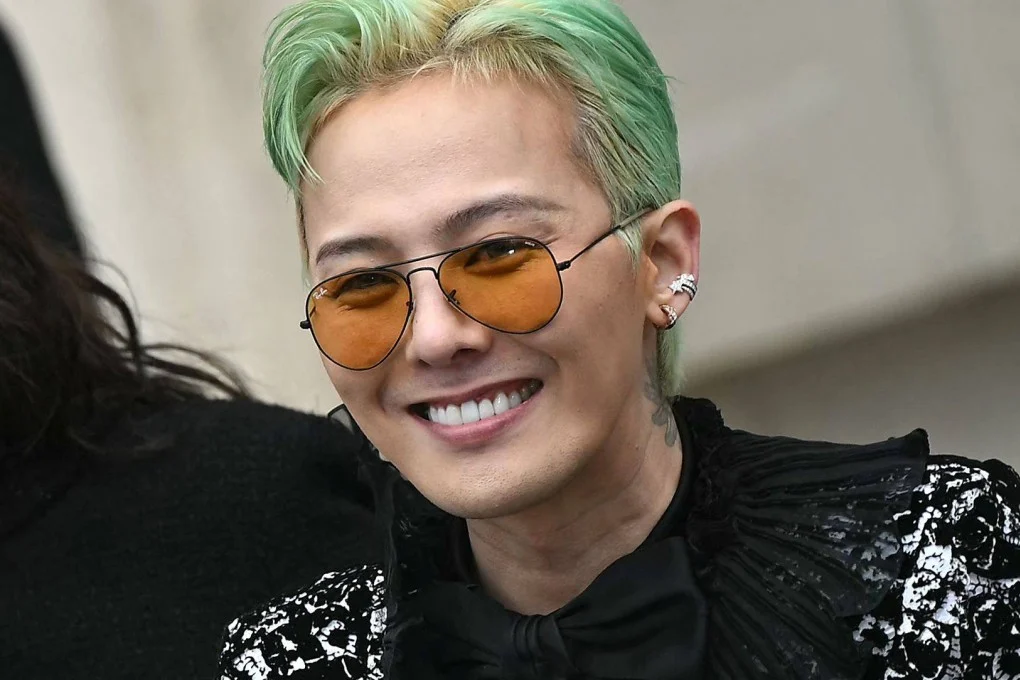Sexual assault used to be such a taboo subject to talk about over dinner, or even mention in passing. As real as the problem is, it used to earn you rude side eyes and harsh shushes for wanting to engage in conversation over it. It was a stifling environment of ‘keep quiet and pretend these things don’t happen to us, only others’. Now, after #MeToo and more locally, the launch of Aware‘s Aim For Zero campaign last year, sexual assault has been widely discussed and will keep gaining momentum over the next couple of years to come.
After all, the issue of sexual assault does not seem to be going away anytime soon unfortunately. With the most recent peeping tom case that NUS student Monica Baey experienced making it to mainstream headlines, we are perpetually reminded on why it is so important to address sexual assault for the benefit of society. If you still think this is only a gendered issue, please think again.
This Is What Happens To Pretty Girls is written by playwright Ken Kwek after he conducted over a hundred interviews with sexual assault survivors. Presented by Pangdemonium and directed by Tracie Pang, This Is What Happens To Pretty Girls is a piece of theatre dedicated to expanding upon the on-going conversation of sexual assault in Singapore. But is dedication enough?

The play follows eight individual characters whose lives intersect one another’s in a myriad of ways. Flirting between a university lecturer and undergrad. A line crossed between colleagues at work. Past wounds reopened from a chance meeting. How are these relationships going to hold when consent is questioned and ‘no’s are only responded with persistence?
Dealing with such sensitive material, the creative team and cast attempted on nuances these scenes require with great care. The cast Thomas Pang, Oon Shu An, Adrian Pang, Jamil Schulze, Tess Pang, Pam Oei, Serene Chen and Paul Courtenay Hyu worked the script well – clarity of speech and gestures. Although the emotional trajectory was not served well by the sense of time employed and several expressions lost on stage due to their minute nature, I could feel their commitment to the characters they play and the want to share the stories with the audience.
What really got my attention was the set designed by Eucien Chia. Set pieces depicting the breasts, buttocks and vagina loom over the performance space – so huge that it seems overwhelming at the beginning and even a bit odd, but eventually fades into the background as the show progresses on. I thought it was a very clever commentary on the objectification of female bodies — how normalised it has become today, silently perpetuating the notion that female bodies are to be viewed with a sexual gaze and nothing else.
We are pretty much body parts, fleshy indulgence for the male gaze and physical impulses. Walk down the street and you might notice how female bodies are on full display to sell almost everything — from gym memberships to beer and fast food. Though the products have absolutely nothing to do with female bodies, these advertisements sell anyway and that is worth thinking about.

This Is What Happens To Pretty Girls is being staged at a relevant time where the media has been more committed to shedding light on this issue that has plagued society since the beginning of time. By inviting the audience to sit through uncomfortable yet common occurrences of impropriety in daily life, the play presents the most talked about issues with a visual play-by-play that is harder to ignore than words on a newspaper.
I applaud the production of this play and the want to keep raising awareness of such issues, to work towards a permanent shift in mindsets about sexual assault for the long run. But I truly wonder if just staging the play is enough to really get the message across.
The script offers many thought-provoking moments of sexist jokes, uncomfortable comments made in jest and a completely misunderstood yet common notion of romance. However, this comes with the assumption that the audience already understands how inappropriate these are and this is a big risk to take. During the show that I sat through, majority of the audience laughed and giggled their way through the performance when these insidious moments took place.
It made me question how much awareness the play, by itself, truly helps the cause it stands for or if it somehow perpetuates the already present culture of victim-blaming and harmful notion of what constitutes as romantic or not.

Perhaps a short talkback or a discussion after the entire run of the production might help to question why we found inappropriate moments humorous — did we laugh out of nervousness and discomfort, or did we laugh because we truly found it funny? Sexual assault is so ingrained into our culture that we might have internalised certain beliefs that make us complicit in its continued existence. Without a guide or something to prompt a shift in perspective, these will remain unchanged regardless of how many readings and plays and interviews we consume again and again.
This is not just about sitting through the play, sharing with friends that it is thought-provoking and then dismissing it as the occasional theatrical entertainment. Theatre companies might like to think about how to best ensure that the theatrical experience works towards what the show is trying to say as well, without seeming like it is merely jumping onto the bandwagon to sell.
Because for some of us, survivors like me, this is our reality and these considerations may save lives.

This Is What Happens To Pretty Girls
Date: 10th – 26th May 2019
Venue: Drama Centre Theatre
Time: Tuesday – Saturday, 8pm / Saturday & Sunday, 3pm / Sunday, 8pm (26th May)
Admission: From $40 (Concessions available. Get your tickets here.)
Photographs credit: Crispian Chan.
==
Stay updated and social with Popspoken: Telegram| Facebook | Twitter | Instagram







